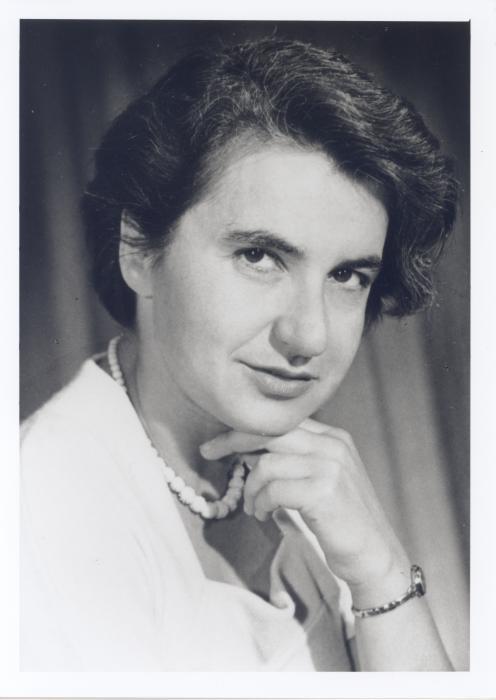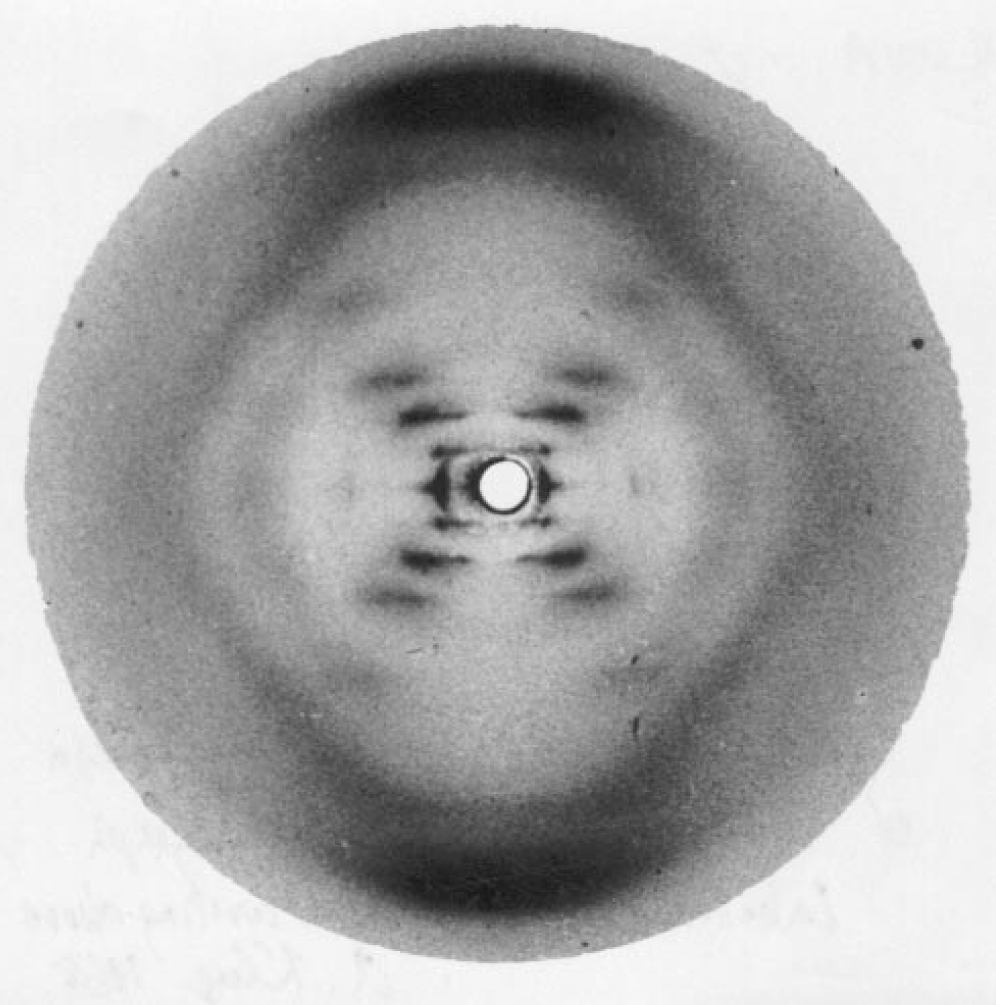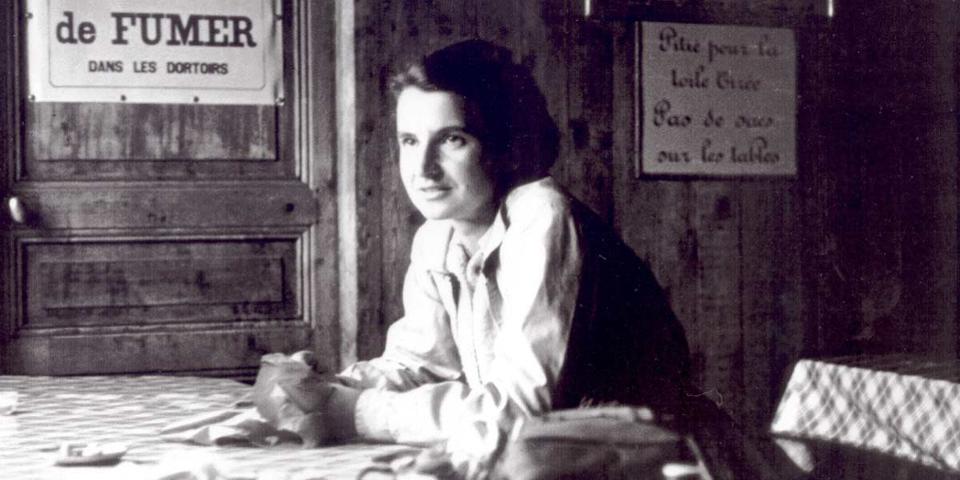Rosalind franklin was a British chemist and was known for her discovery of DNA structure by using X-ray diffraction. She was born in 1920 in London and was the second child of Ellis and Muriel Franklin. Rosalind was exceptionally brilliant in her studies and wanted to become a scientist from her teen. Despite her father’s nonsupportive behavior, she stayed stick to her ambition and completed her early schooling for North London Collegiate School, then joined Newnham College in 1938 to study chemistry and completed her Ph.D. in physical chemistry from Cambridge University.
Career
Franklin kickstarted her career in Paris and later in London. In 1946, she worked in a lab where she learned various techniques, including crystallography and X-ray diffraction, later on, she used to study DNA structure. In 1946, her friend introduced franklin to the director of the French National Center of Scientific Research (CNRS), a network of various institutes that work on scientific research under the French government.
This provided her a chance to work in the CNRS lab in Paris, where she joined that lab later on in 1947. Mering was a friend of her in the lab, X-rays crystallographer who applied this technique on Rayon and other amorphous substances and obtain several crystals structure. He taught her about this technique and teach her how to take the crystals structure of amorphous materials using this technique. She applied this technique further on coal to study its structure and her paper on this research published in a science journal. Later, over time, her research got so much recognition that it became part of the mainstream of physics and chemistry working on coal and published in a textbook named “Chemistry and Physics of Carbon.”

In 1950, Rozalind got a three years fellowship at king’s college London. And In 1951, she worked as a research associate in Medical Research Council (MRC), directed by John Randall at King’s College London. Initially, she was appointed to work on X-rays diffraction of proteins and lipids in solution, later, Randall redirected her to work on DNA fiber. M. At that time, Wilkins and R. Gosling were already working on DNA fiber and successfully captured their excellent photographs.
Controversies
Though, Franklin was much dedicated to her career and love to participate in scientific discussions, she was a brilliant scientist and a very kindhearted soul her Friends and close relatives, but at the same time, she was a short-tempered and stubborn woman, so much that a majority of her fellow scientists found it very hard and challenging to work with her at times.
When Randall reassigned research work to franklin and appointed her as the head of the project. Unfortunately, due to her aggressive behavior and lack of commitment between Rosalind and her colleagues, this project never got troubled. She studied DNA fiber and used an excellent focused X-ray tube and micro camera, adjusted it very carefully, and manipulated the critical hydration in her specimens very easily.

Franklin was habitual to study the eyes of others that alternatively made her colleagues impatient and nervous. Under stressed environment, franklin and her colleague discovered two forms of DNA fiber, (A form, dry) and (B form, wet) and at high humidity when wet, DNA fiber stretched and thin and at low moisture, when baked, DNA fiber became short and fat. Because of intense situations between Franklin and her colleague Wilkins, Randall divided the work between both of them. Franklin chooses DNA to form A, and Wilkins accepts the DNA form B. she captured many pictures of DNA structure, out of these, 51 photographs are considered for the determination of DNA structure. Later, In 1951, it was accepted that DNA from B has a helical structure.
In 1953, franklin collected all the data and concluded that DNA forms have two helices and started writing her three drafts manuscript, two of them include a double-helical structure of DNA. These two manuscripts on A- DNA form published in a peer-reviewed scientific journal, one day before the Crick and Watson had completed their model on B form of DNA.
Meanwhile, Franklin decided to left King’s College and to joined Birkbeck College, but Randall insisted she to handover all the work on DNA over there. While a battle and Rosalind continued, Watson and Cricks published there DNA model in Nature, which is the original double-helical conformation model of DNA. This model was not unacceptable for several years by many scientists, especially geneticists.

At Birkbeck College, Rosalind continued her research on nucleic acid, especially on RNA, and studied RNA structure of the tobacco mosaic virus (TMV), which is an RNA virus using X-ray crystallography. In 1955, her research on RNA virus structure published in Nature science journal, in which she explained that all the particles of TMV virus are of the same size. Further research confirmed that the outer covering of this TMV virus was a protein molecule, is arranged in helices. She, along with her students, continued their working on TMV virus by infecting many plants, including tomato, potato, pea, and turnip.
In 1956, she visited the University of California, where she was suggested to work on the poliovirus. After getting permission to use the crystallized form of animal virus, she tried to mount the virus crystal in a capillary tube for X-ray studies. Still, she was forced to stop her work on the poliovirus because of her bad health condition.
In 1956, Franklin suffered several severe decease including ovarian cancer and secondary carcinomatosis and was operated thrice. She worked for two years, even with her bad health. This determined and enthusiastic lady died at a mere age of 37. Of course, no female scientist had such a controversial life as Franklin had. Though she is considered as one of the pioneer scientists in the discovery of the helical structure of DNA.
Also, Read Inspiring Minds; young Muslim scientists

Arooba Azeem is a student of BS biochemistry, Quaid e Azam University Islamabad. She is an active member of the management team(QDLs) of debating and literary societies of her University. Her particular hobbies are cooking and book reading.

